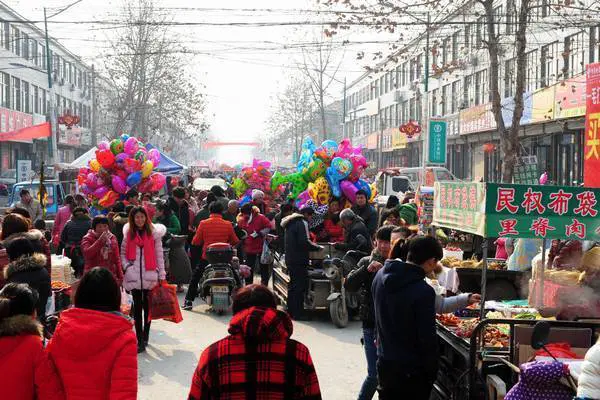China will apply its new concept of development to agricultural modernization to make the process more efficient, inclusive and environment-friendly, according to a policy document released on Wednesday.
The document by the Central Committee of the Communist Party of China and the State Council, vowed "marked progress" in agriculture by 2020 to ensure society becomes moderately prosperous.
Upholding an innovative, coordinated, green, open and shared development concept, the authorities called for faster transformation of agricultural models.
The importance of innovation was also underscored and supply-side structural reform in the agriculture sector was emphasized.
After years of good harvests, China has grown out of a food shortage period, but structural problems remain unsolved: some produce is over-supplied and some in short supply.
Total grain output increased 2.4 percent year on year to 621 million tonnes in 2015, the 12th straight year of growth.
Wednesday's document said grain output should be increased, and food security through the supply of major farm produce guaranteed.
The "No. 1 central document" is the name traditionally given to the first policy statement of the year and is seen as an indicator of policy priorities.
Better quality
China will improve the quality and competitiveness of its agricultural products through high-quality farmland and professional farmers catering to the demands of modern agriculture.
At least 53 million hectares of high-quality farmland will be created by 2020, which will be highly productive to ensure stable yields, be cultivated in an environmentally-friendly manner and able to withstand floods and droughts.
Training for farmers, increased investment in technology, modernization of the seed sector and diverse business entities and models will increase the pace of change.
Production structure must meet diverse consumption demand with enterprises encouraged to "go overseas" to balance exports and imports, according to the document.
Green Development
Sustainability will come through improved efficiency of resource use and environmental protection.
Policies and technological support will protect resources and raise efficiency, preventing resources from over-exploitation.
China will follow its "red-line" system and guarantee that land dedicated to farming never shrinks to less than 120 million hectares.
China will tighten water resource management, level of groundwater will be closed watched.
By 2020, woodland coverage will be above 23 percent and wetland acreage will be above 800 million mu (53.33 million hectares). More farmland will be turned into forests or pastures.
New national standards on food safety will be prioritized and standards on pesticides residues and veterinary drugs will reach the international standards by 2020.
Rural workers
Rural workers will be given more support to integrate into cities and find employment.
The government will encourage rural workers to find jobs or establish their own businesses in nearby regions. The migrant rural labor force will be stabilized and rural workers will be offered support to start businesses in their hometowns.
County-level economies and rural service industries will be improved, while more training will be offered to rural workers.
Household registration ("hukou") reform that will see 100 million rural workers secure urban residential status must be expedited.
Basic public services should be expanded to cover all permanent residents in cities with education and housing benefits for migrant workers.
 简体中文
简体中文

